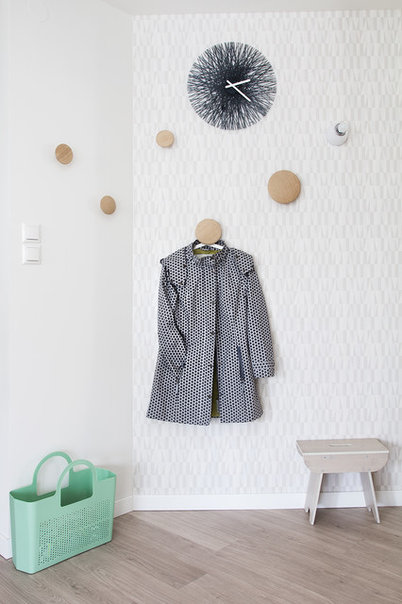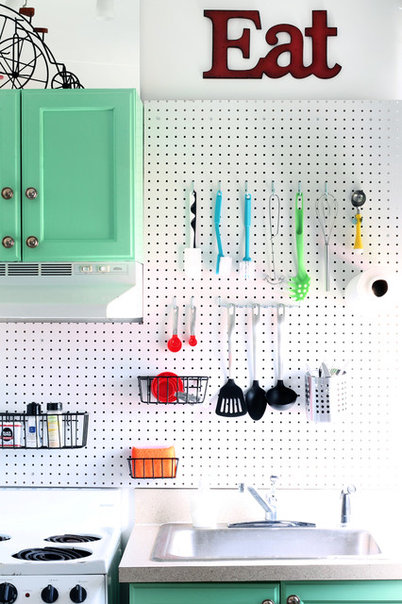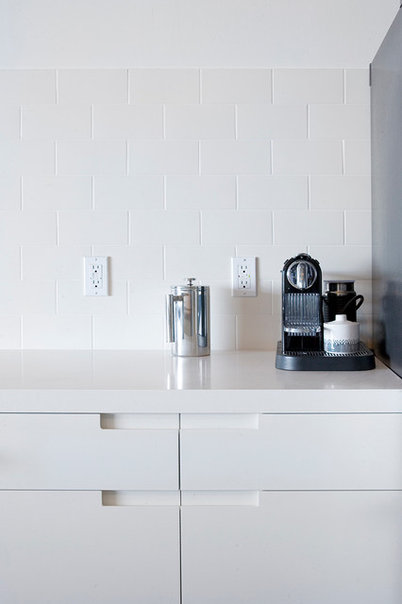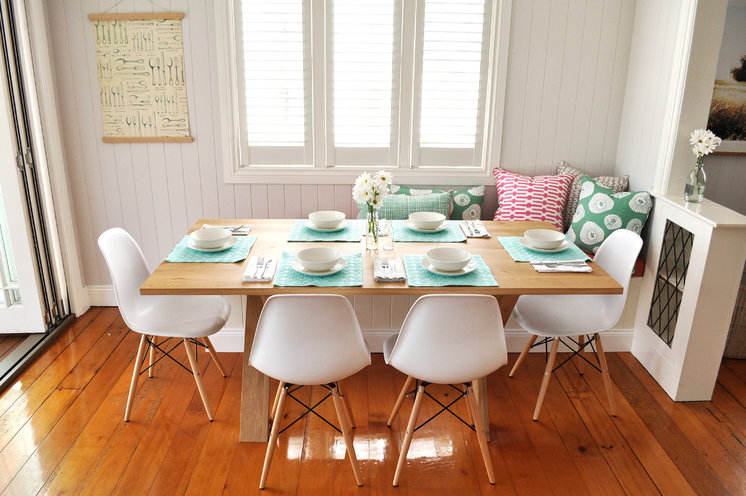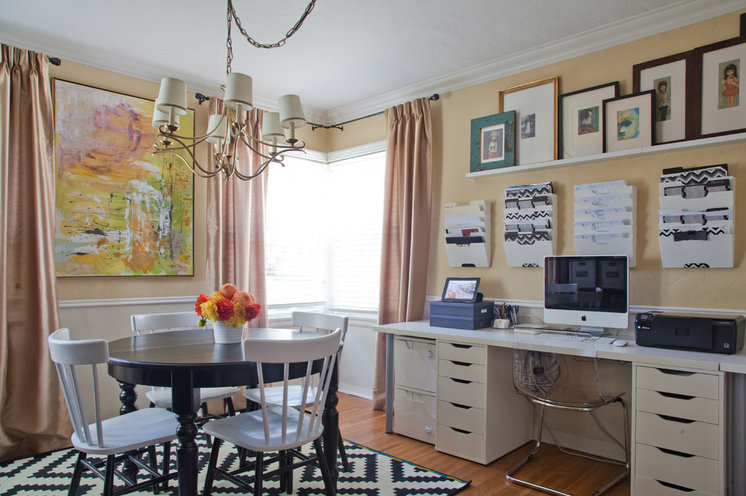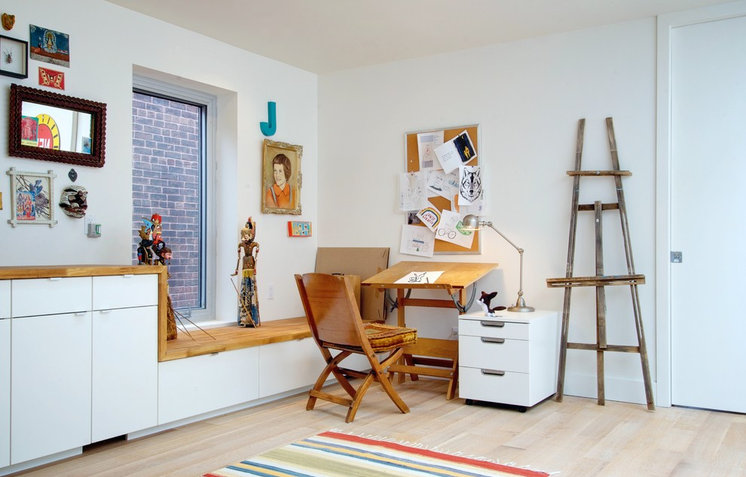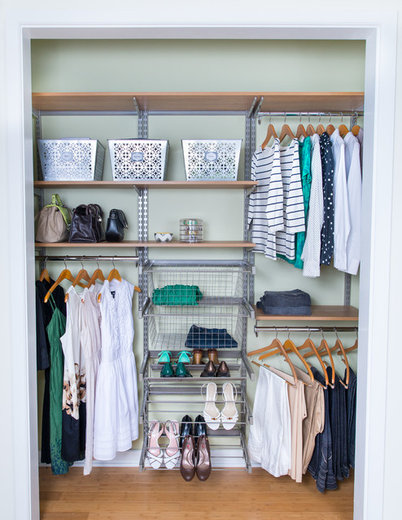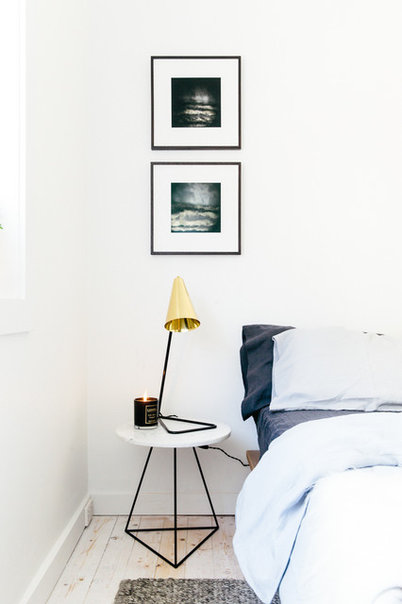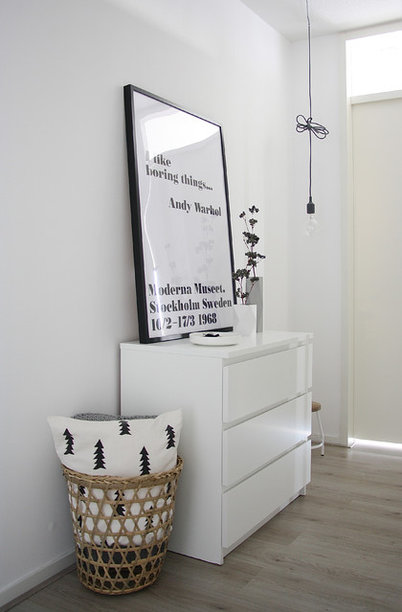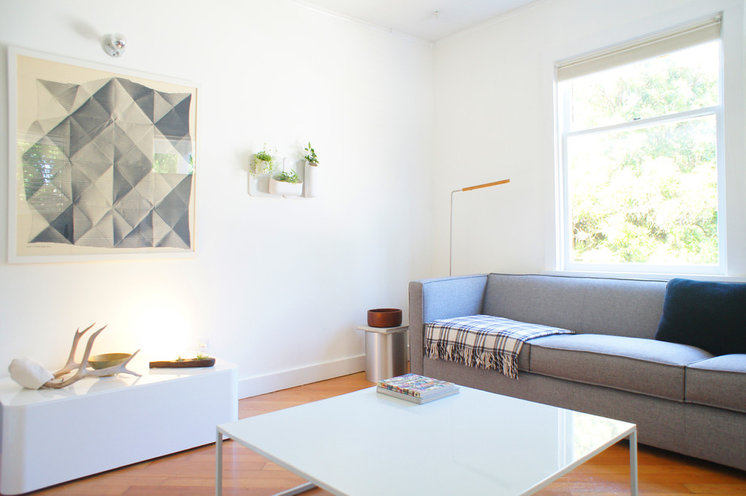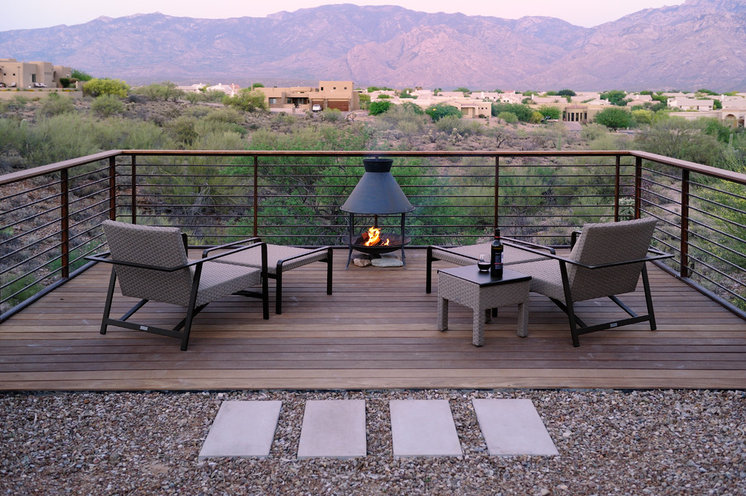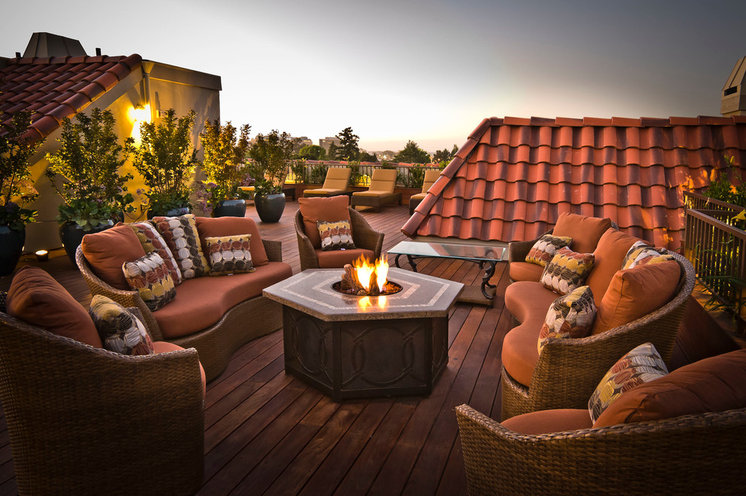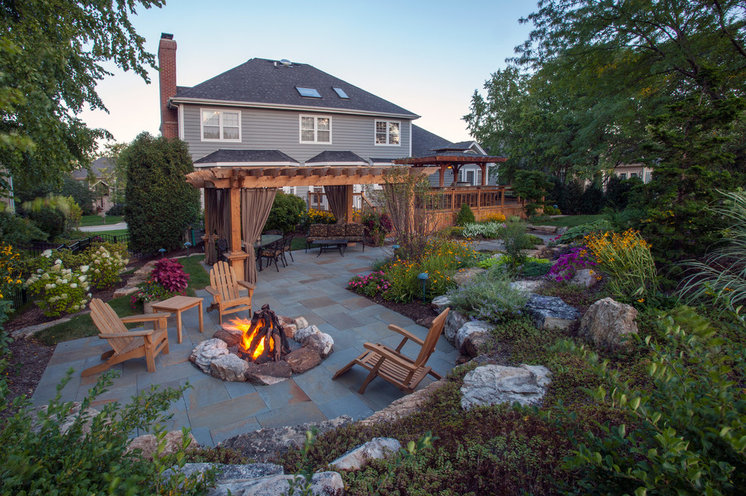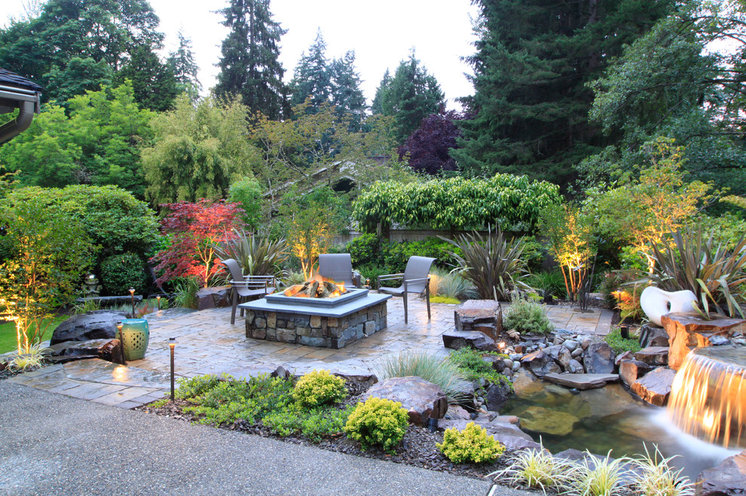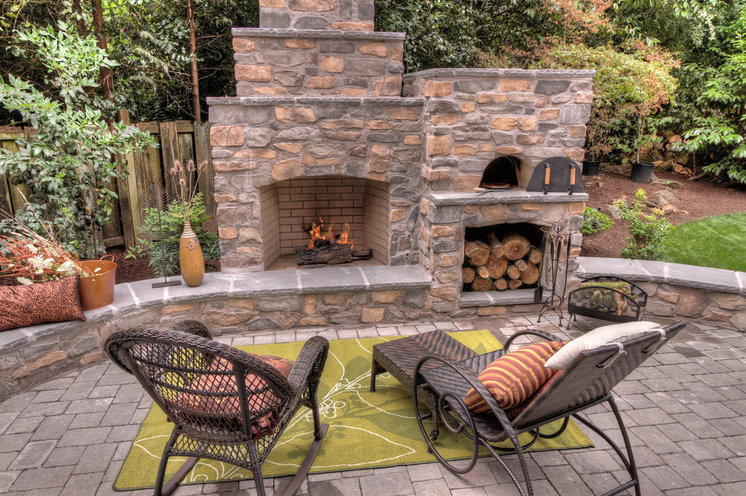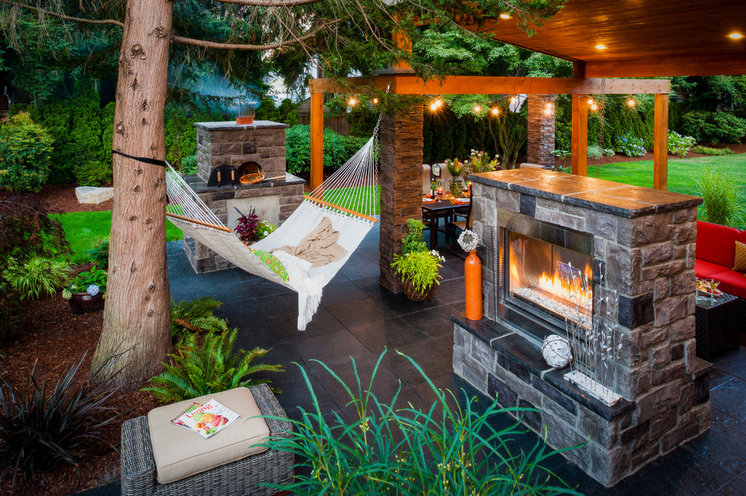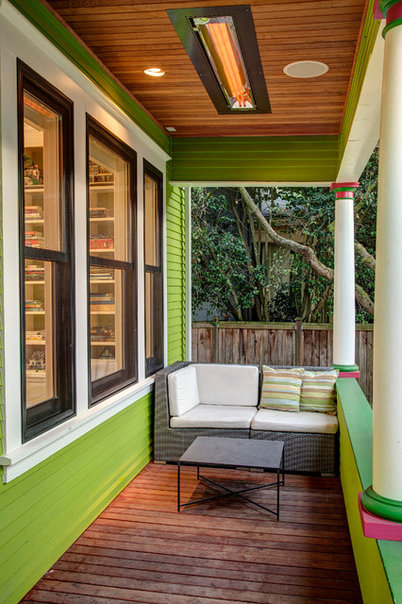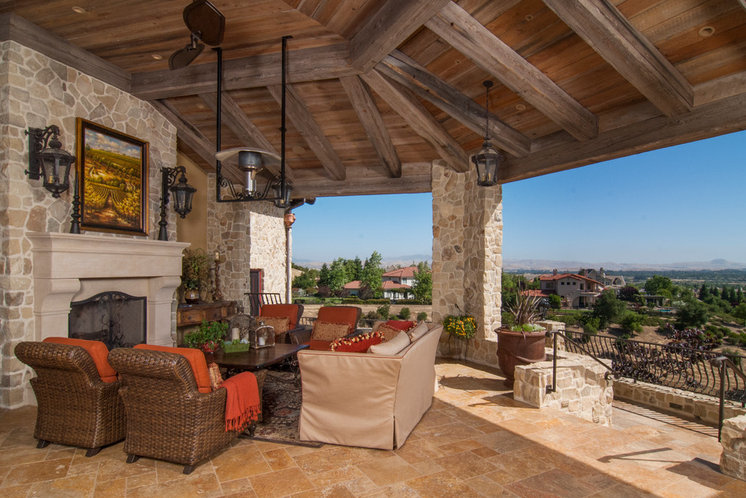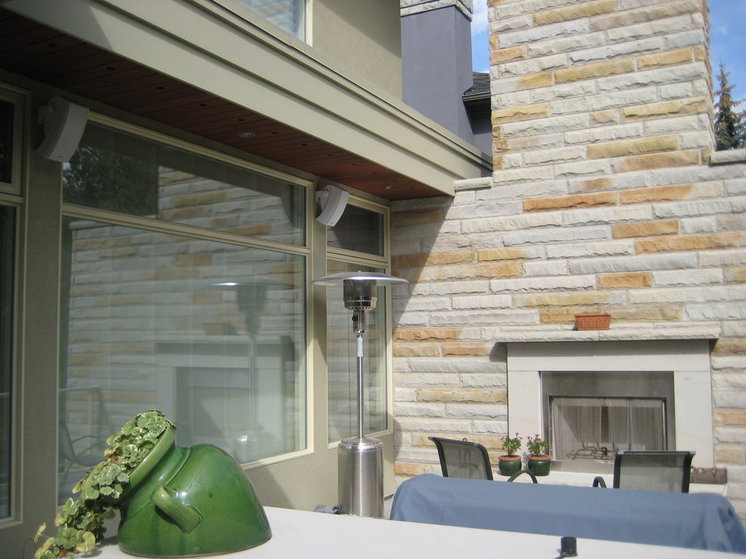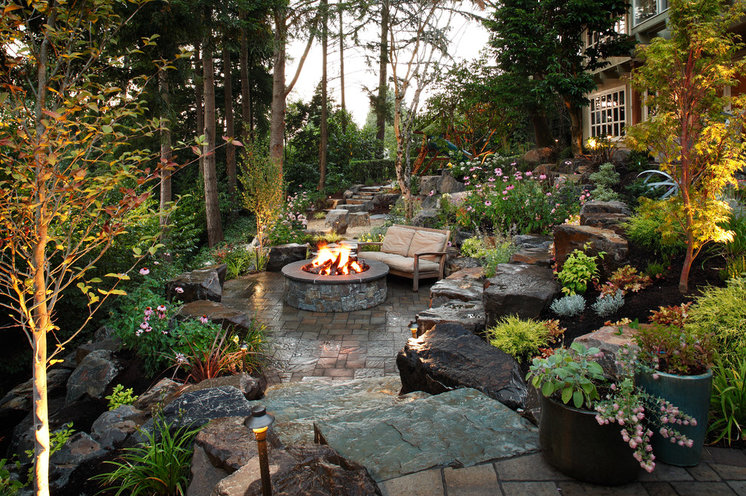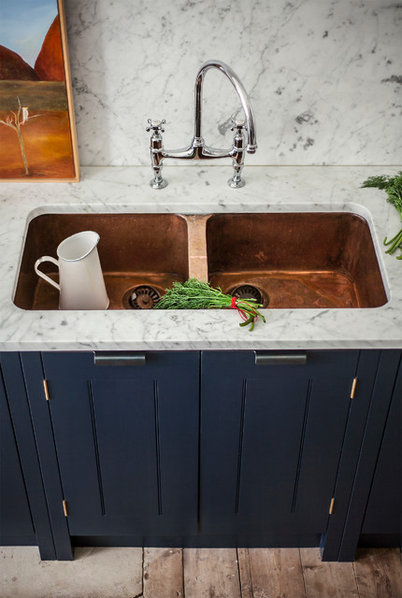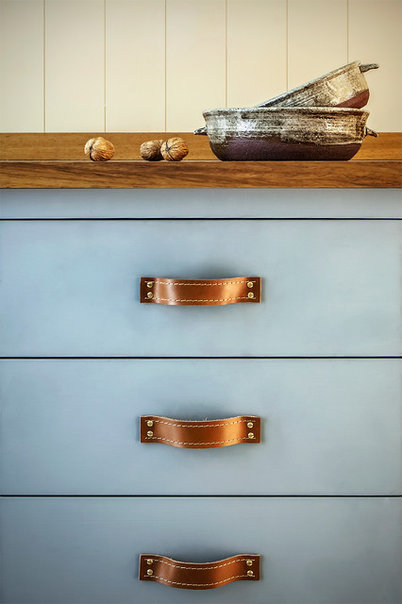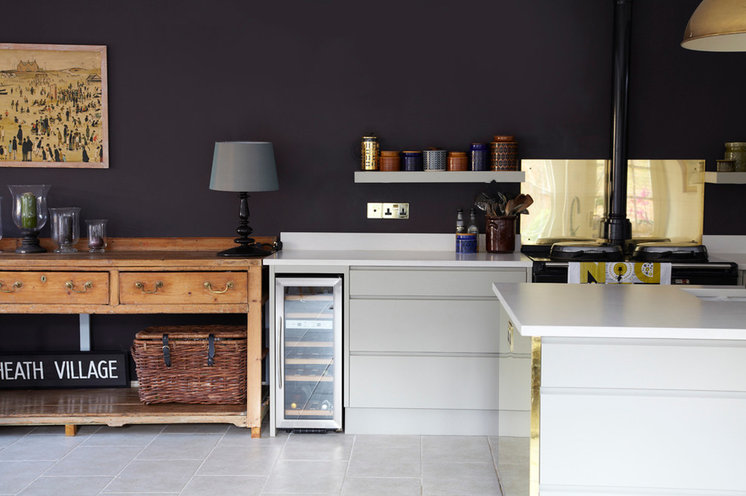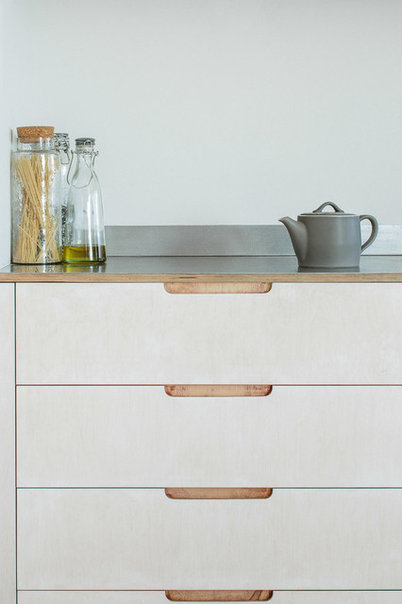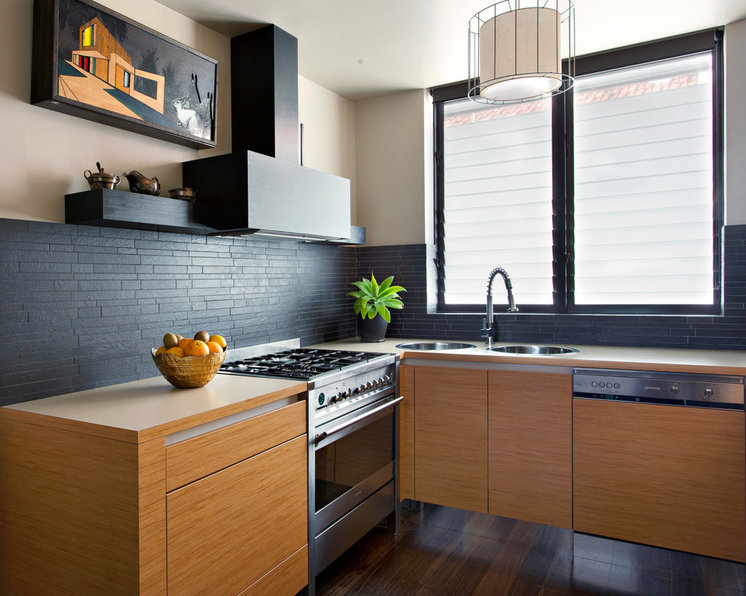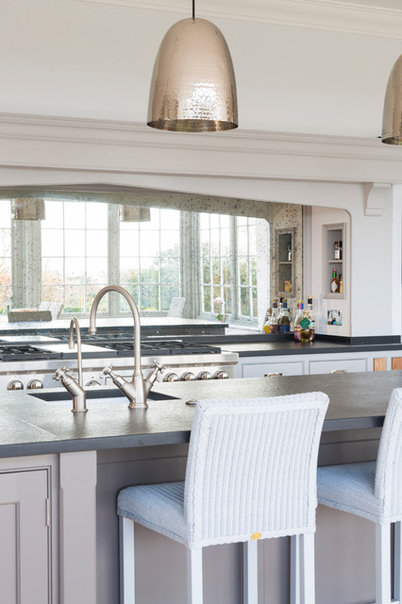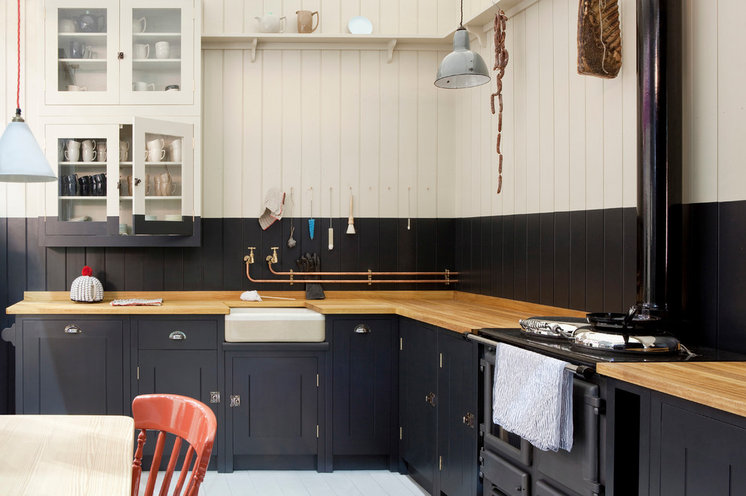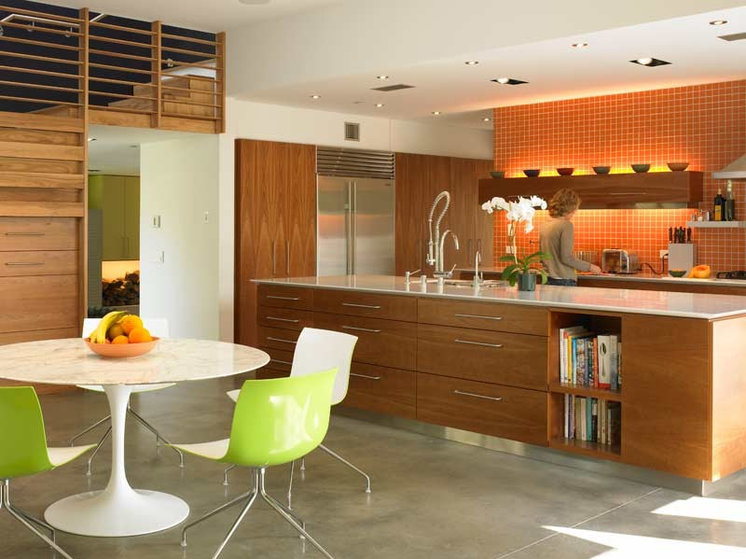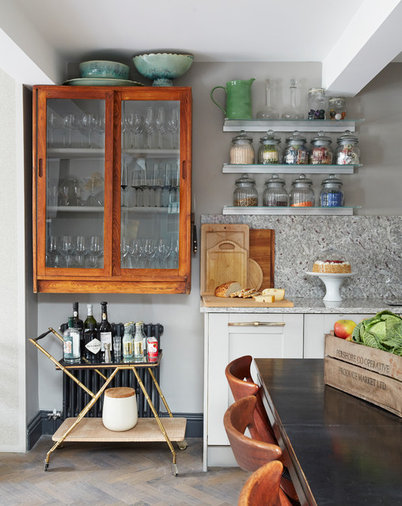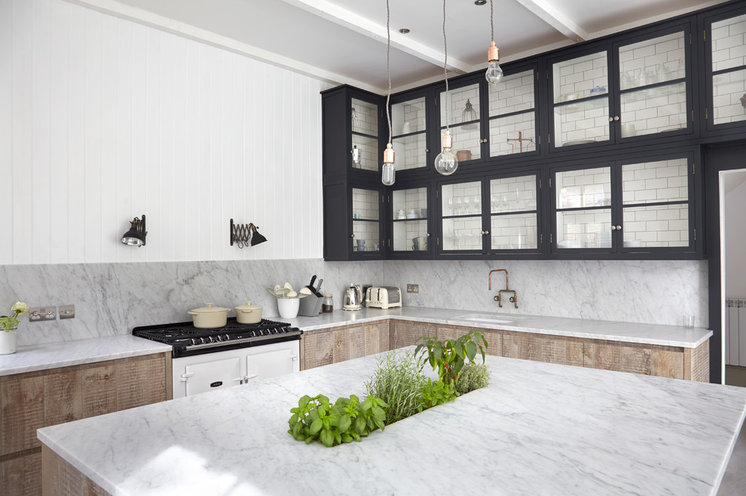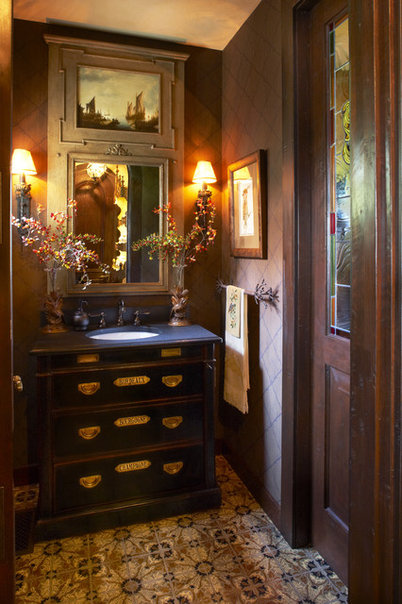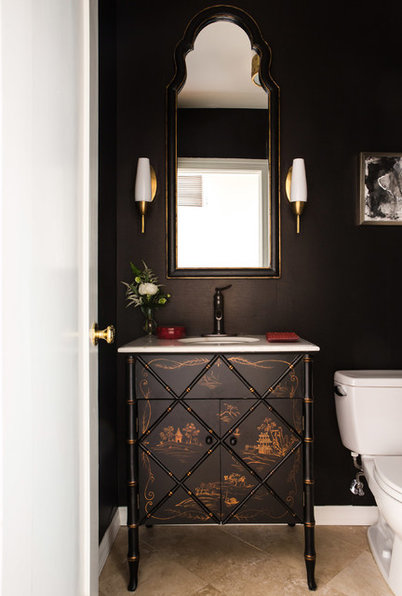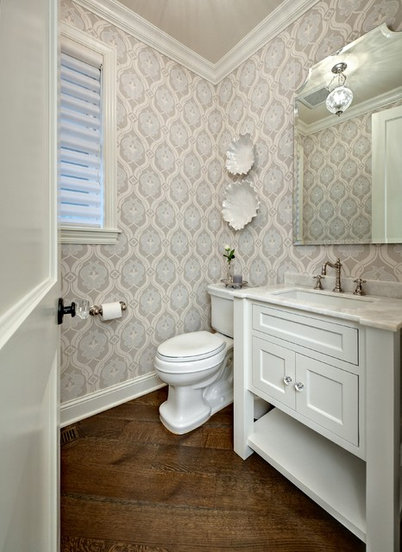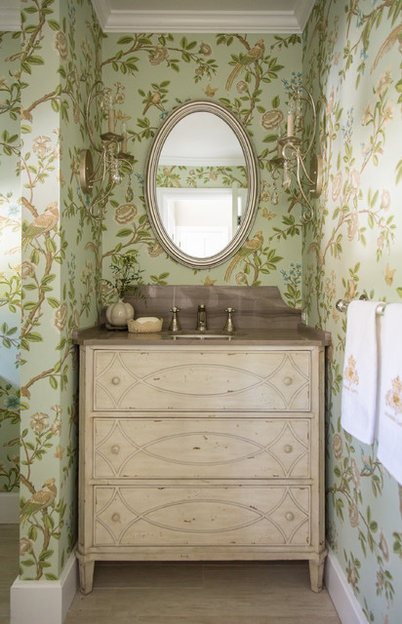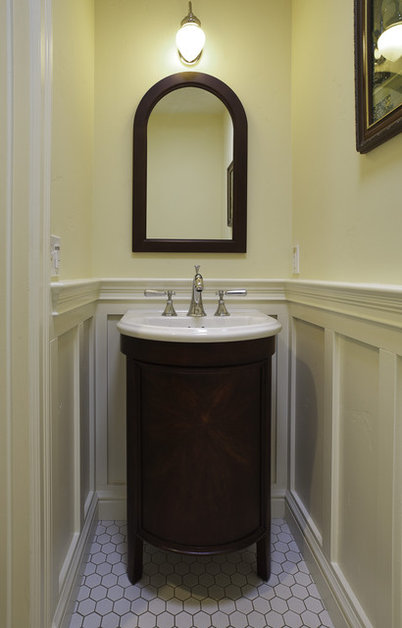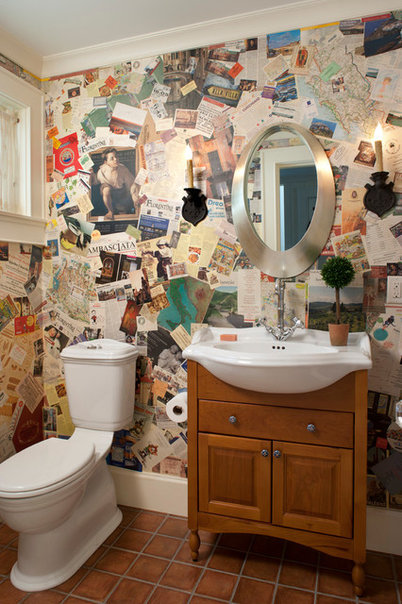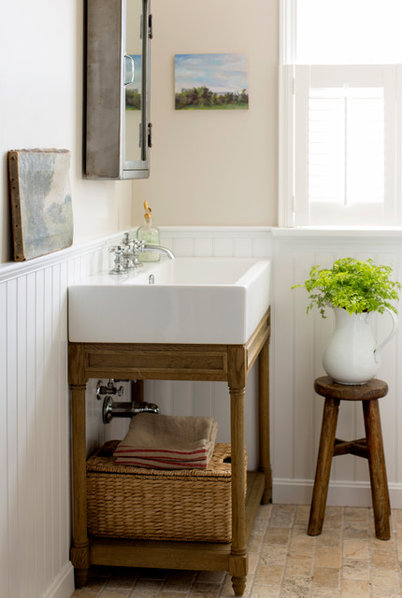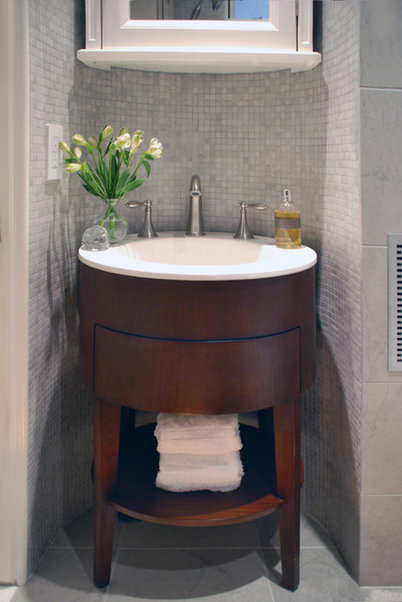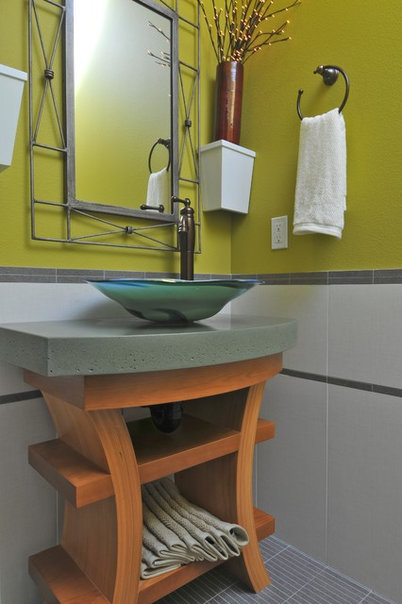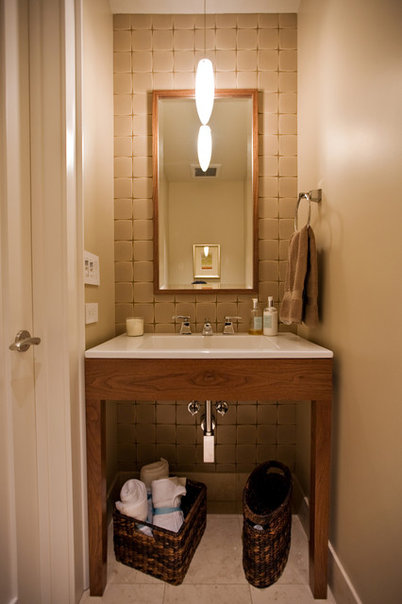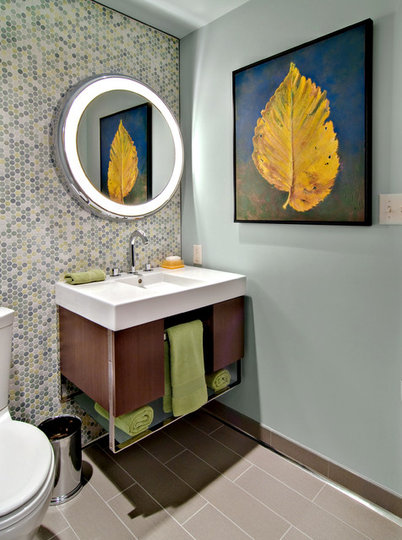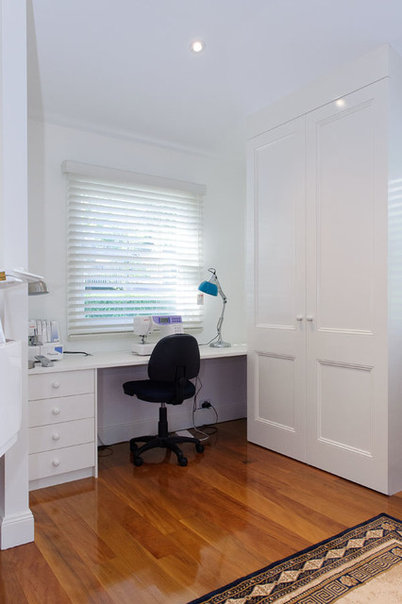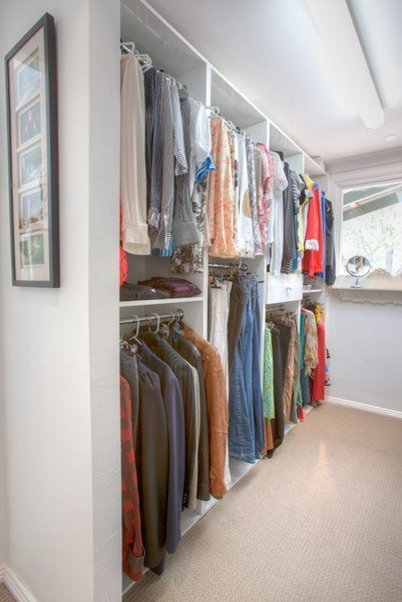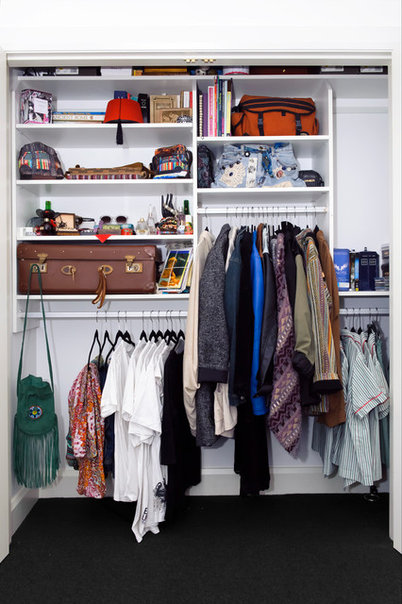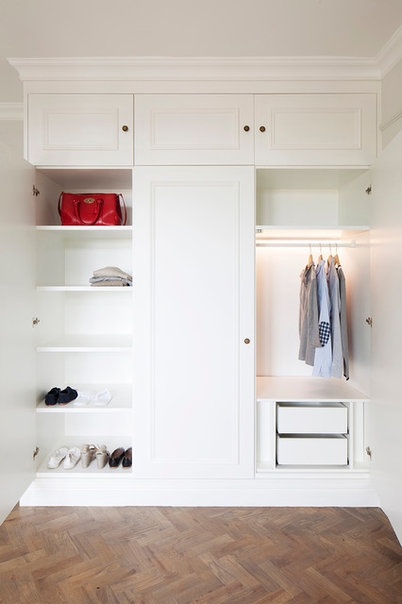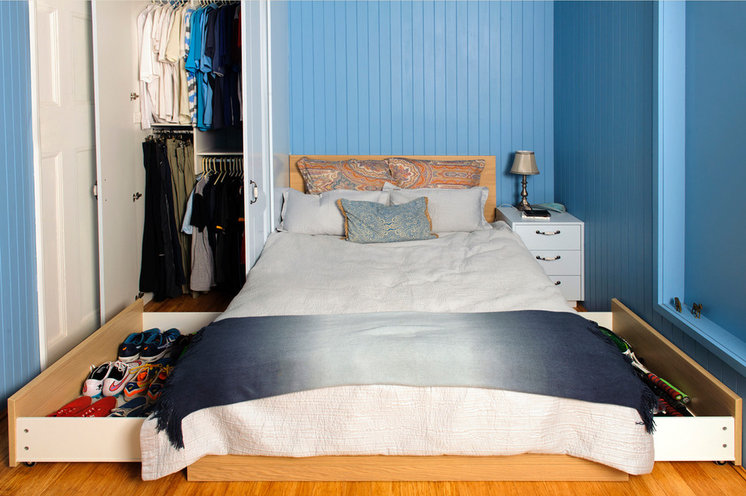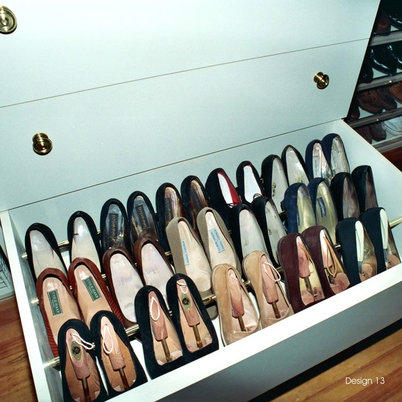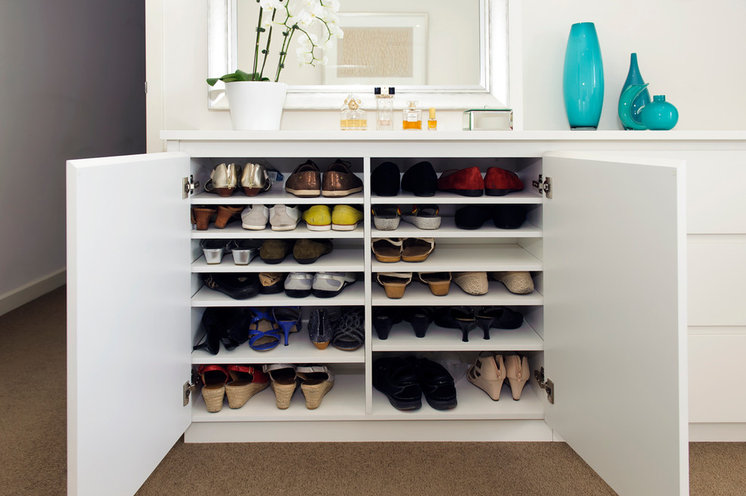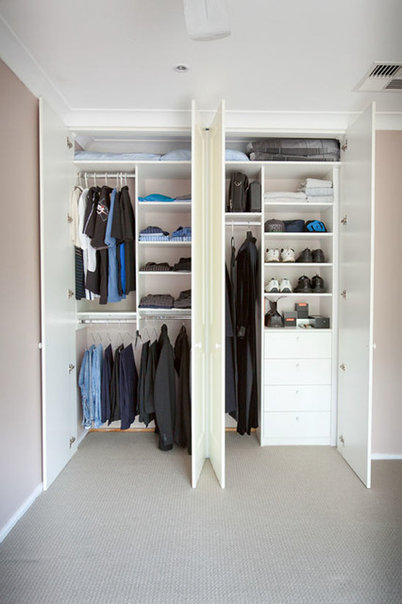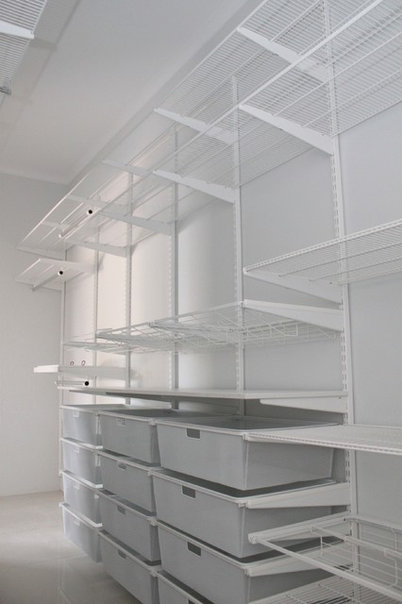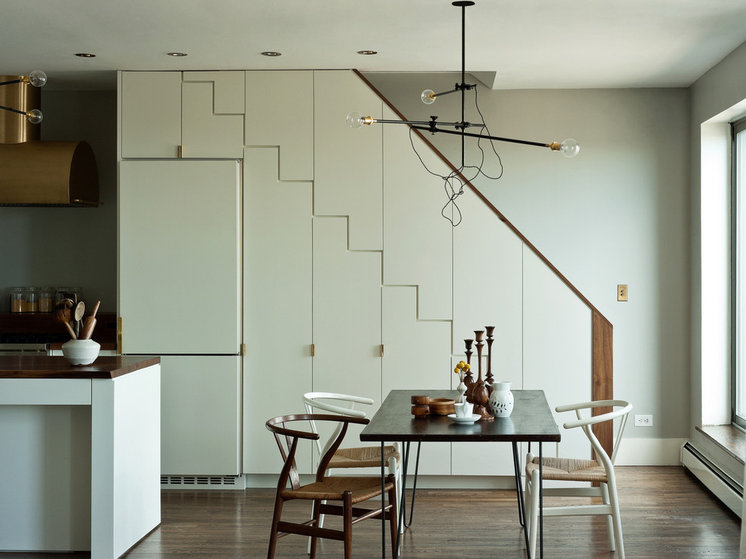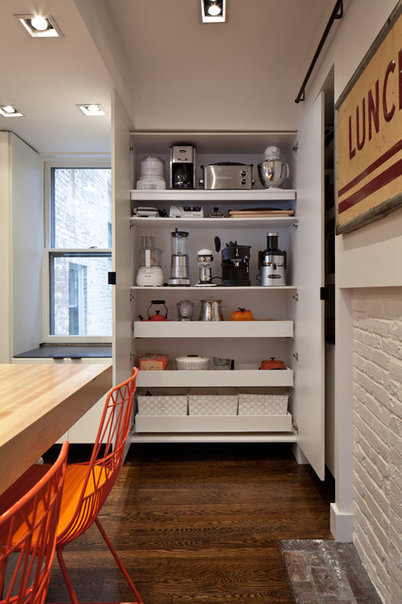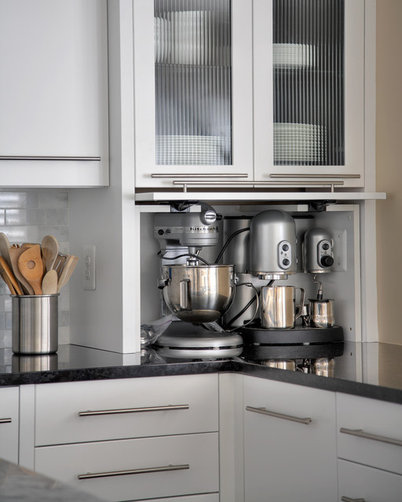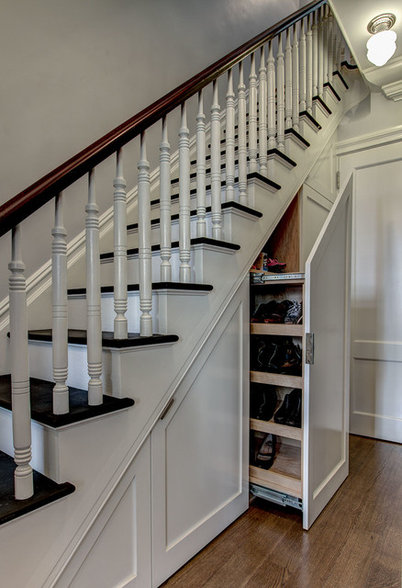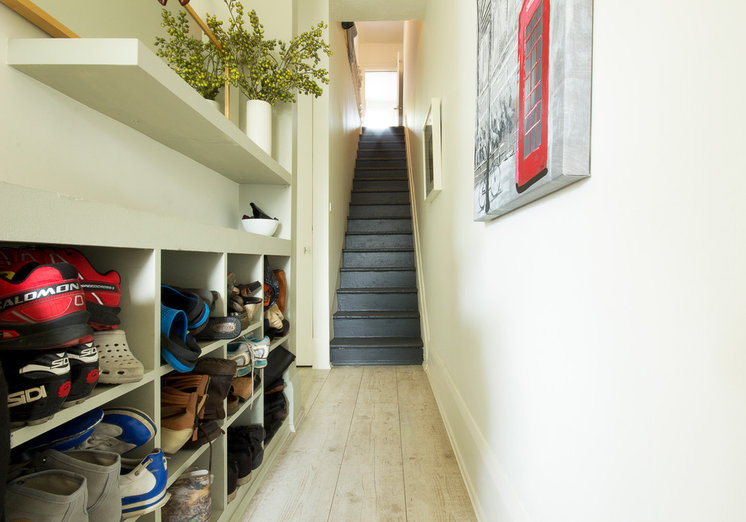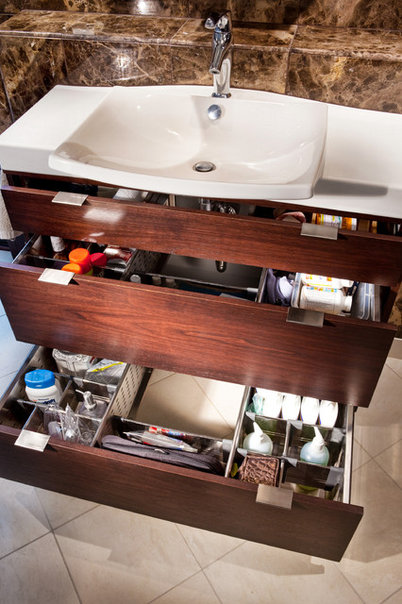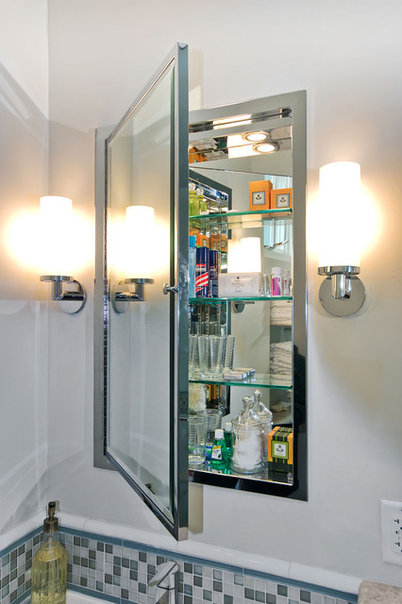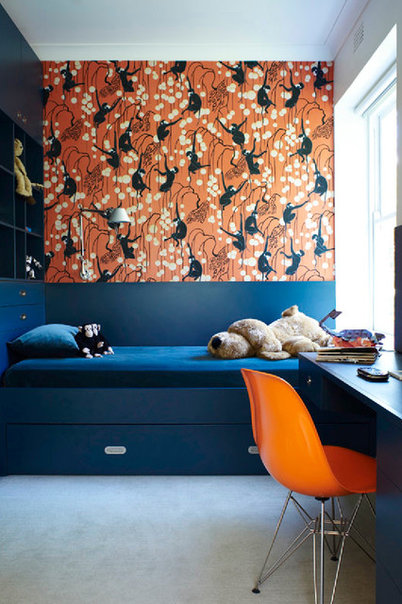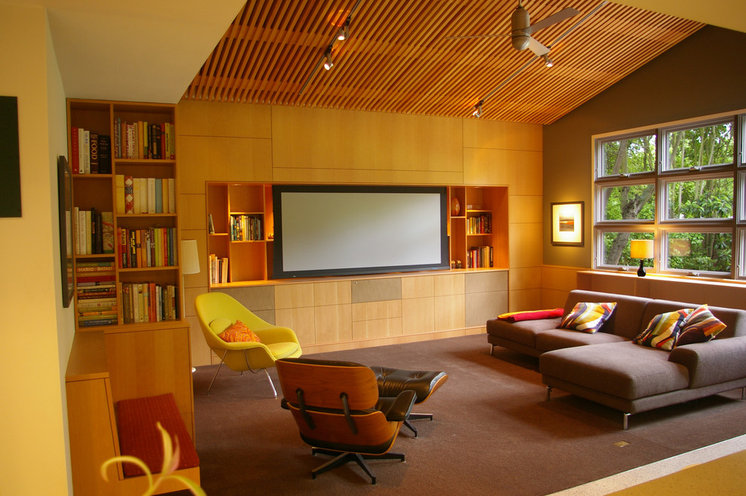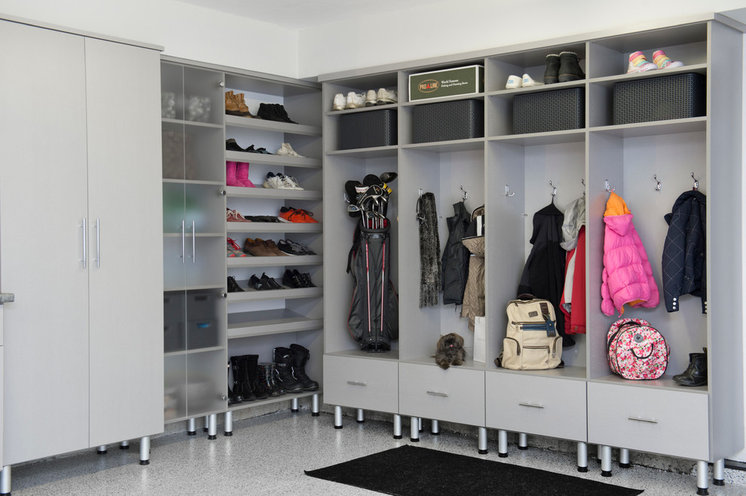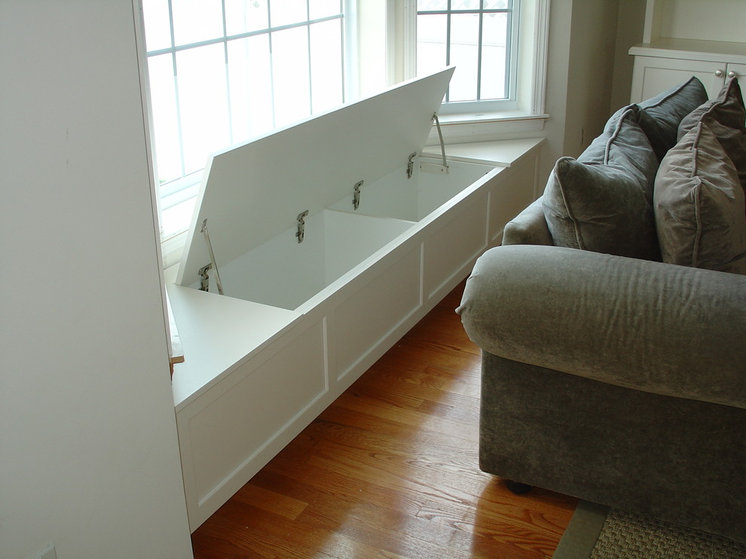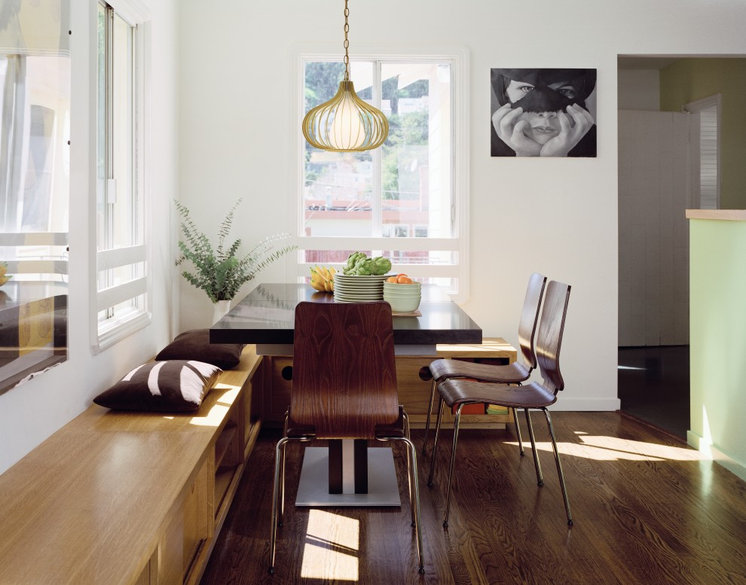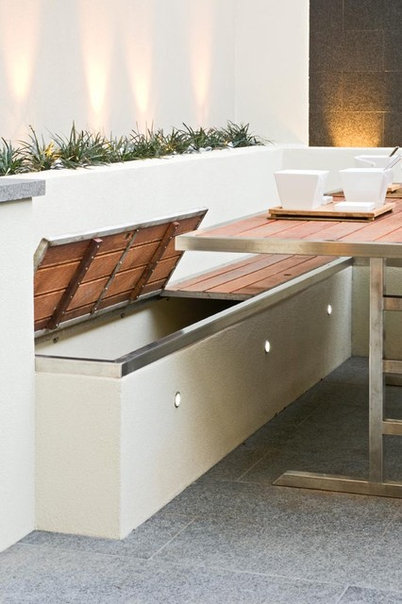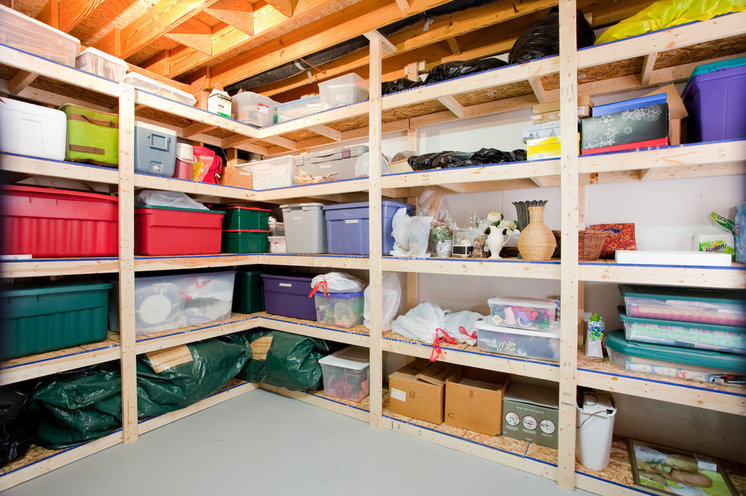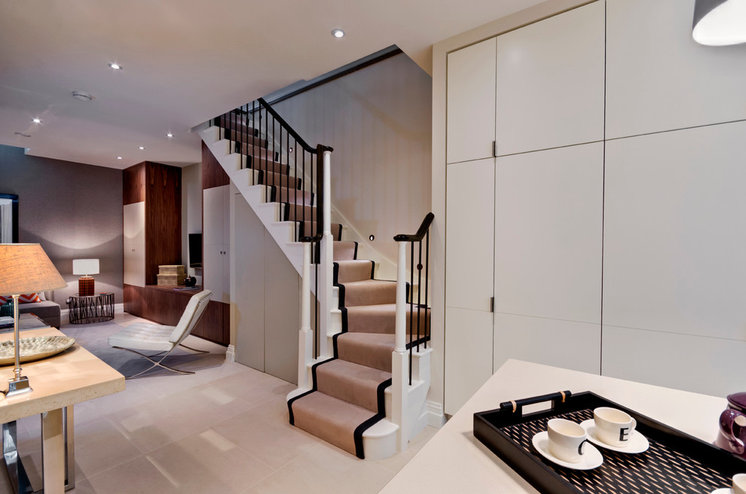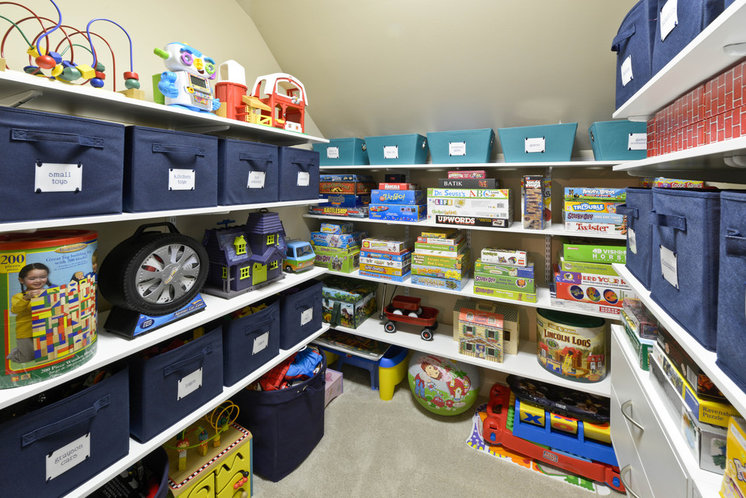“Getting your house ready to sell takes planning and time, if you want to sell it quickly and get top dollar for it.”
Denise Buck & Ed Johnson – DC Metro Realty Team
Originally appearing on HouseLogic, by Jennifer Nelson
Planning on selling your home in the spring? Good news — that leaves plenty of time to tackle all sorts of projects this fall that will help you snag top dollar when the tulips start blooming. Take an objective look around your home from a buyer’s perspective. What would stop you from making an offer? What do you need to do to put your home’s best face forward?
Here are some fall projects to jump on now in order for your home to be in tip-top shape for a spring sale:
1. Update Your Curb Appeal
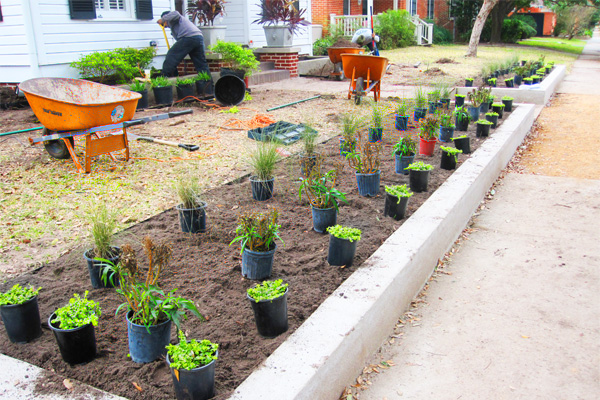 Image: Laurin Lindsey, Landscape Designer
Image: Laurin Lindsey, Landscape Designer
“Curb appeal is important,” says Steve Modica, sales associate and property manager at HomeXpress Realty Inc. in Tampa and St. Petersburg, Fla. “Make sure the bushes are all trimmed. Re-mulch or replace stone walkways and paths. Remove any dead plants and trees, and aerate your lawn so it will be lush come spring. Pressure wash the driveway, the front walk, and the exterior of your home. If need be, have the exterior of the house painted and, at the very least, apply a fresh coat of paint on the front door.
Related: Tips on Aerating for a Lush Lawn in Spring
2. Get a Home Inspection
The NATIONAL ASSOCIATION OF REALTORS® says 77% of homebuyers have an inspection done before completing a home purchase. To avoid nasty surprises once you’re in the process of selling your home, have your own inspection done and make any repairs over the winter months before you list the home. Homebuyers often use flaws and needed repairs to negotiate a lower price.
3. Replace Flooring and Paint Walls
Determine if your carpets need replacing or just a deep, professional cleaning. If they need to go, consider if hardwood or another flooring material might be more appealing to buyers.
You’ll also want to inspect interior rooms for dirty or scuffed walls that need a fresh coat of paint. “Paint the whole wall, don’t just do touch-up repair work, because it never looks as good,” says Modica. Also, if you have eccentric or loud wall colors, now is the perfect time to update to a more neutral palette. Stagers recommend beiges, light grays, and off-whites.
4. Tackle the Basement, Attic, and Garage
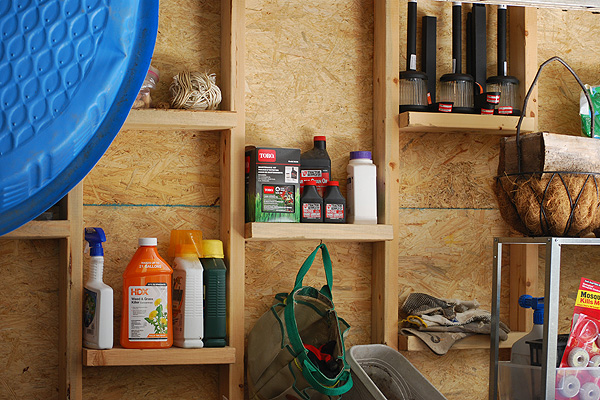 Image: Liz Foreman for HouseLogic
Image: Liz Foreman for HouseLogic
Often overlooked, these storage meccas can become a catch-all for junk. Use cool, fall weather as an excuse to get down and dirty in these hot spots and organize them from top to bottom. Install shelving, pegboards for tools, and hanging brackets for bicycles and other large sporting equipment. Your goal is to pitch the junk, sell what you no longer need, and categorize the rest.
“Donate or recycle clothes and bedding you don’t use anymore in order to free up storage space in your closets, basement, and garage,” says Amy Bly, a home stager at Great Impressions Home Staging in Montville, N.J. These areas should look roomy, well-organized, and clean.
Related: Garage Storage Ideas Under $50
5. Consult a Stager
Buyers need to picture themselves living in the house, and they may have trouble doing that if all your personal effects are on display. In order to accomplish that, a professional stager can create a plan for you that you can spend the winter months implementing. Bly spends about two hours walking through a property assessing curb appeal, interior flow, closets, bookcases, media cabinets, flooring, and more.
“I give homeowners a multi-page, room-by-room form they can use to take notes on my recommendations,” says Bly. She typically recommends things like neutralizing out-of-date decor, removing old furnishings and carpeting, and updating light fixtures. She also suggests the type of shower curtains, towels, bedding, and pillows to display for an upscale look.
Getting a jump on these fall projects will give you a leg up on selling in the spring. Today’s buyers are savvier than ever before, especially millennial first-time homebuyers who may have searched homes online for months prior to getting in the field. More than just listing your home in the spring, you want to make it’s as perfect as possible. That means everything works and looks immaculate, and there are no glaring issues that will turn off buyers. When you’re ready, have a friend or relative drop by for a tour and point out anything you may have overlooked.
Read more: http://www.houselogic.com/home-advice/home-thoughts/selling-your-house-projects/#ixzz3rBWhpxF0
Follow us: @HouseLogic on Twitter | HouseLogic on Facebook
